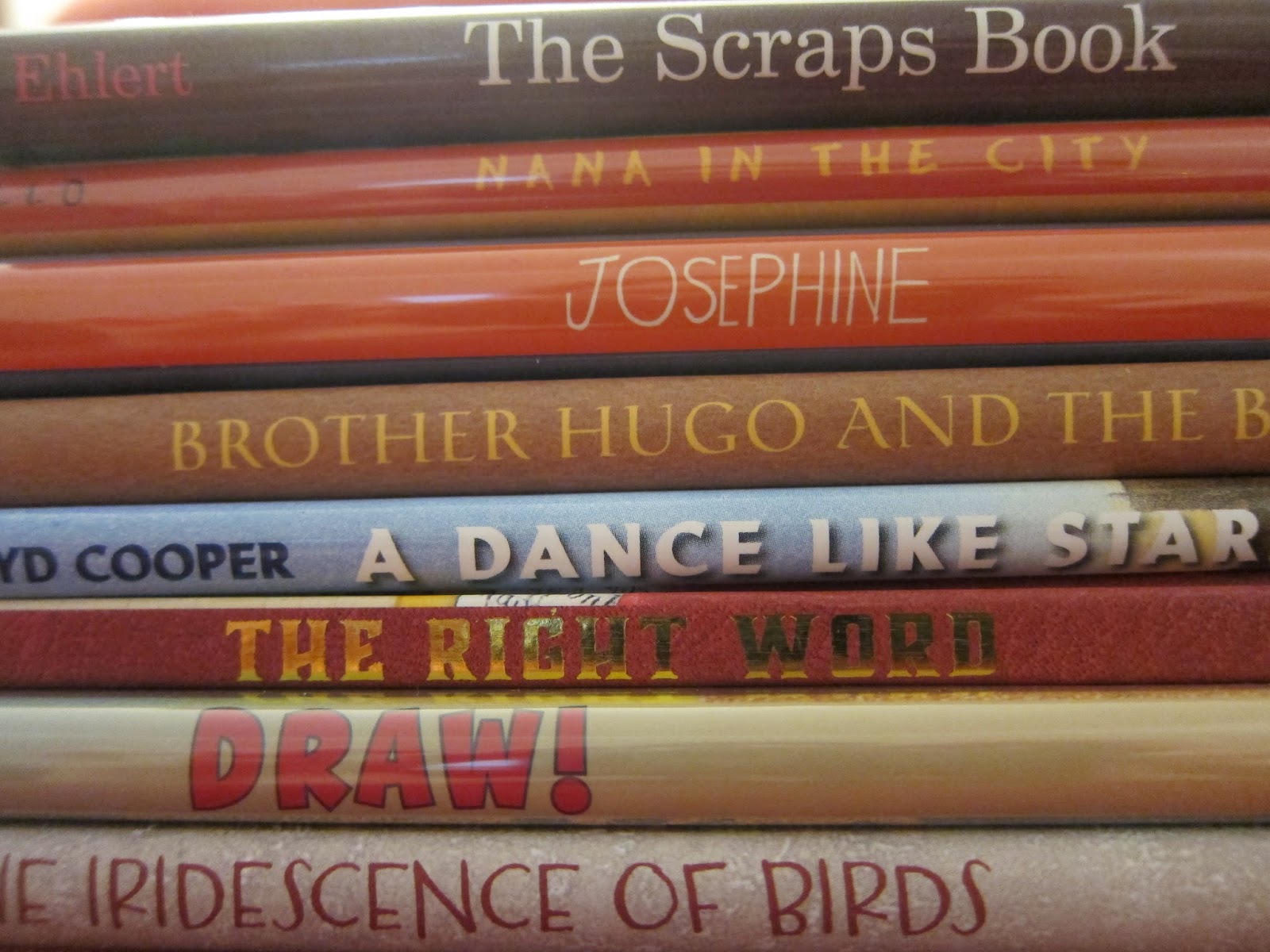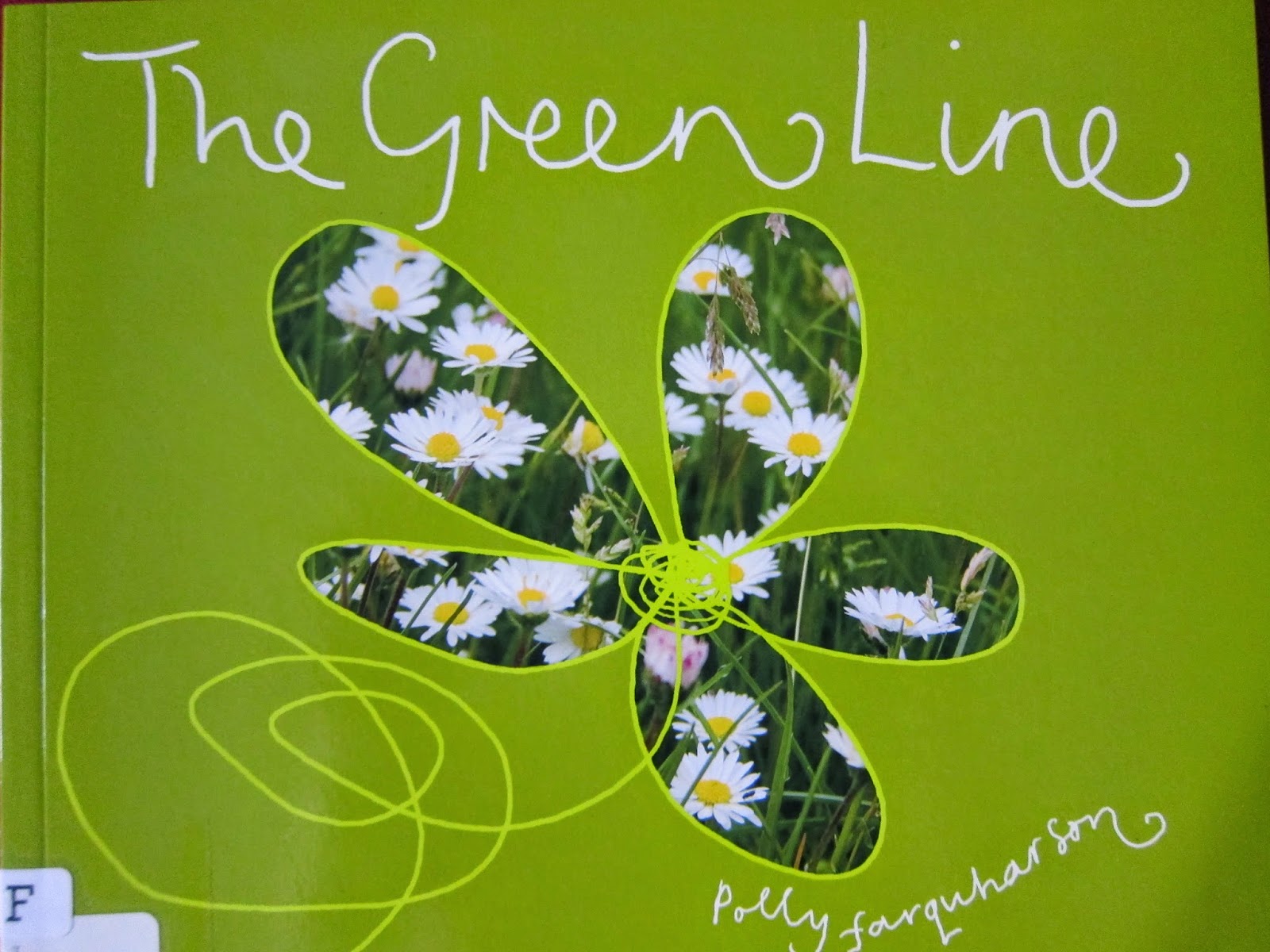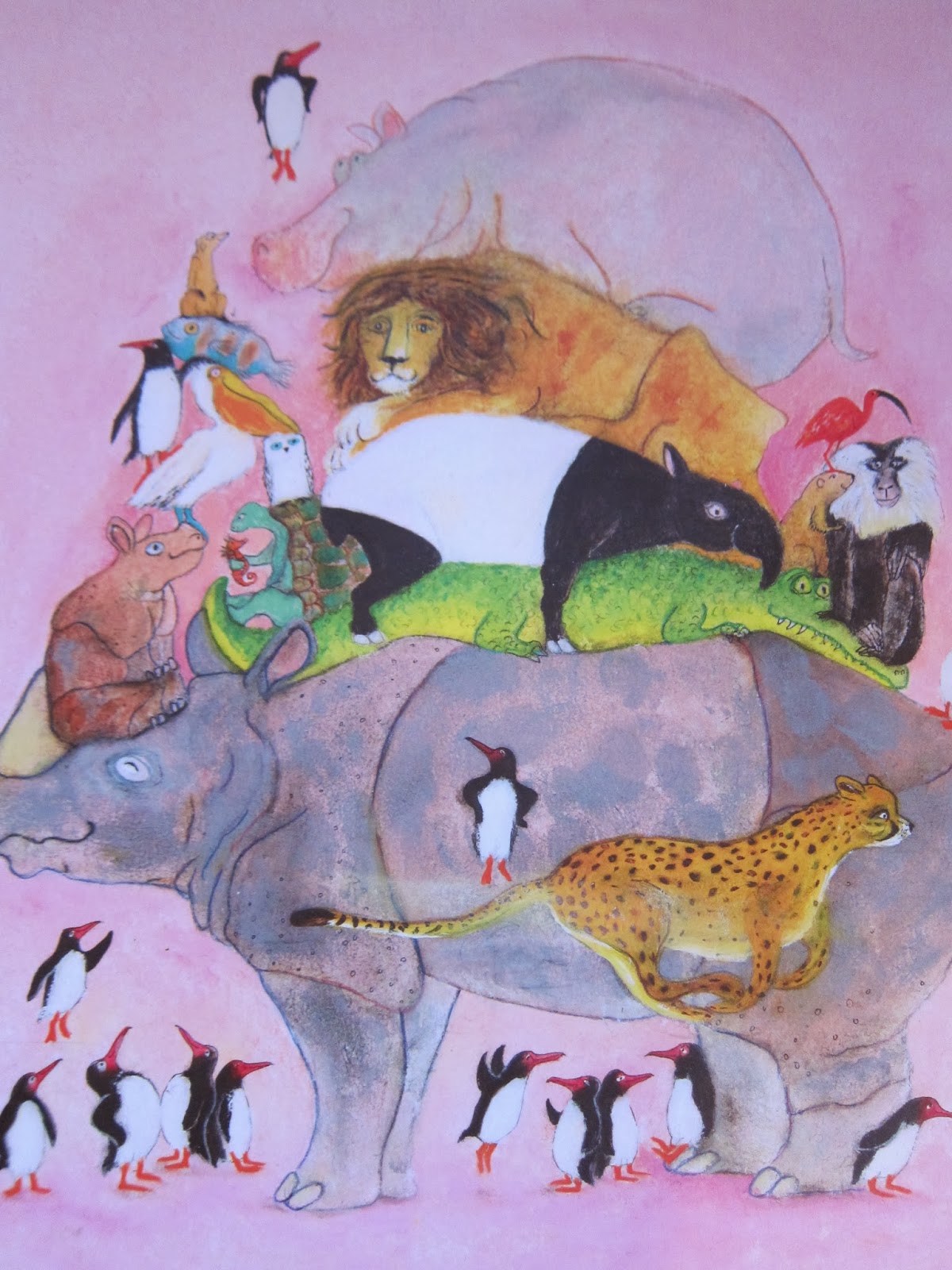My daughter is reading the
Anastasia books, which I loved as a kid. I even reread the first one a few years ago in an attempt to figure out when my daughter might be ready for them. Despite that, I got one fact about Anastasia very wrong.
In the first book in the series Anastasia lives in an apartment (her family later moves, to her initial horror, to the suburbs) with her hippie, artsy, uber-liberal parents (when a friend says his family donates to the March of Dimes, she responds that hers donates to the ACLU). Her mom is a painter; her dad, a bearded English professor and poet. They are straightforward with her about sex, bad words, feelings, and life in general. They don't care about being like everyone else - in fact, they prefer not to be. They celebrate Christmas but, to me, have a very Jewish sensibility. The first book in the series was written in 1979.
Given that description, where do you think they would live?
New York, right? The Upper West Side, back it when it was home to artist-intellectuals who had rent-controlled apartments. Back when it was a bad neighborhood. Back before the artists moved to (had to move to) Brooklyn (or even Queens!).
Wrong! Cambridge, Massachussetts. Now, I guess this faulty recollection says more about me, the New York-centric reader than the characters, but still... I just cannot believe they are not Upper West Siders!!
Wherever she "lives," Anastasia is a treasure. What other series could have both me and my 9-year-old daughter laughing out loud as we read separate books in the series silently to ourselves? I can't think of any!
It is clear that Anastasia's parents have talked to her frankly about sex and growing up, but those issues do not dominate the books and, when they are included, often have a comic twist to them. Having been written in the '70s, '80s, and '90s, these issues are also given a much-welcome lighter touch than I would think they would be given today. When Anastasia develops what is pretty clearly a platonic crush on her female gym teacher, her mother reassures her that she is normal, but stops there. No long discussion about homosexuality. Not that books that do treat those issues differently aren't needed as well.
I also love the fact that Anastasia's parents, Myron and Katherine, are well-developed characters with their own interests (her poet father also loves classical music) and foibles. While they mostly deal with Anastasia's, and her little brother Sam's, trials and tribulations (Sam has, in the years since I was the target audience for these books, gotten his
own series), with patience and good humor, they too have their limits. It is so refreshing to read a book where the parents are not killed off, are not caricatures, and are not absent whether physically or emotionally. The Krupniks take their place in the pantheon of wonderful fictional parents, along with the Quimbys, as I discussed
here.


Don't let the covers put you off (some have been updated - and not necessarily for the better!). The books are not dated at all. Go check them out of the library, then sneak them for yourself. Now.
P.S. One day as I was checking the school library's catalog to see which of the Anastasia books we had, a third-grade girl, waiting for her turn to speak to me, spied the titles I was looking at and said, "Oh, Anastasia! It's so sad what happened to her." I paused, wracking my brain. Nothing very bad happens to Anastasia. But then I got it! "Do you mean the Russian princess?," I asked. She did.
P.P.S. I can think of few other authors with the range of Lois Lowry. It's hard to imagine the same person writing the
Anastasia books,
The Giver (which I have not read), a
Dear America book about a Shaker community in Maine during World War I,
Number the Stars, about the Danish Resistance in World War II, and many others.
 The Right Word: Roget and His Thesaurus by Jen Bryant, illustrated by Melissa Sweet
The Right Word: Roget and His Thesaurus by Jen Bryant, illustrated by Melissa Sweet



































